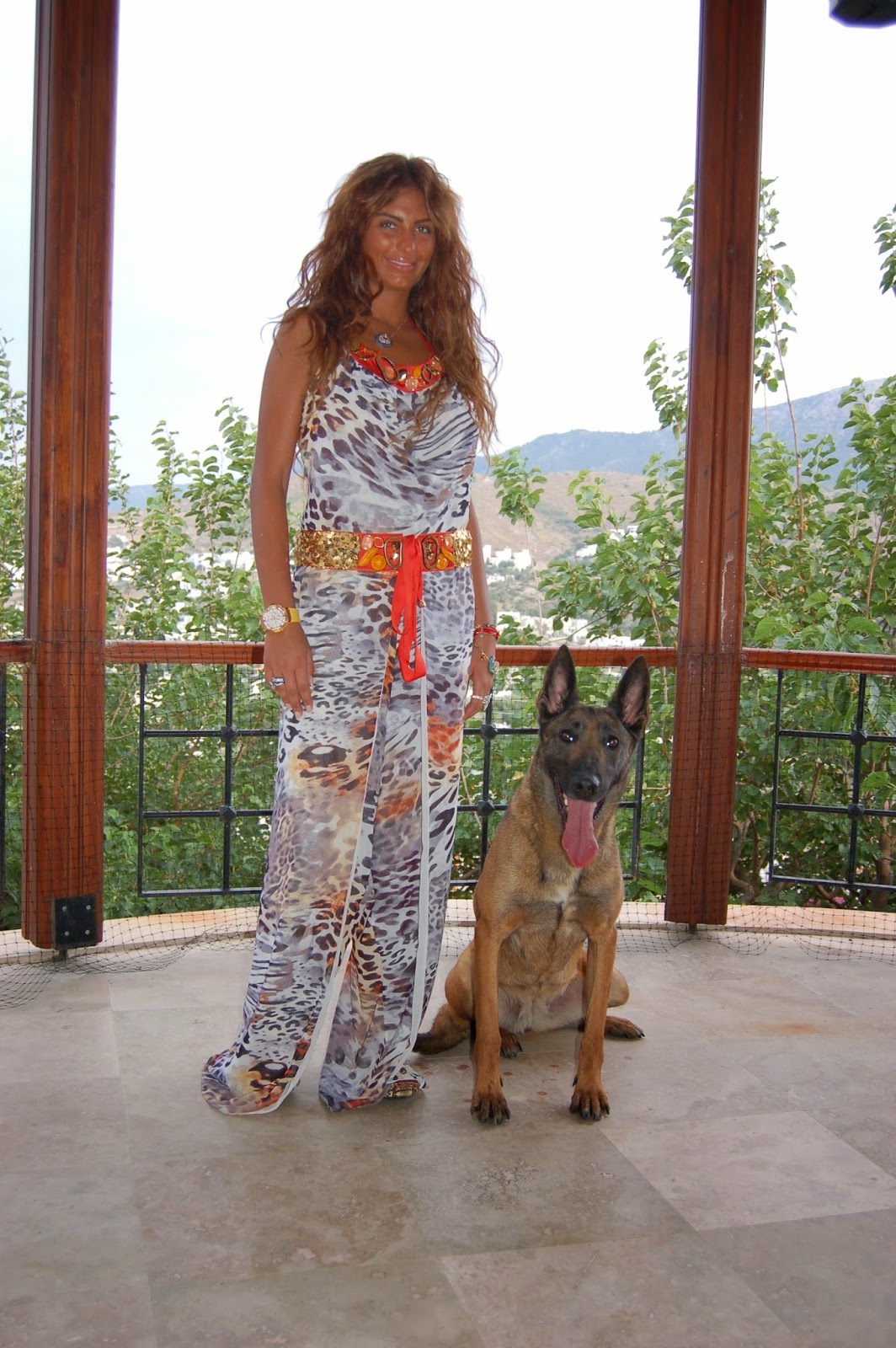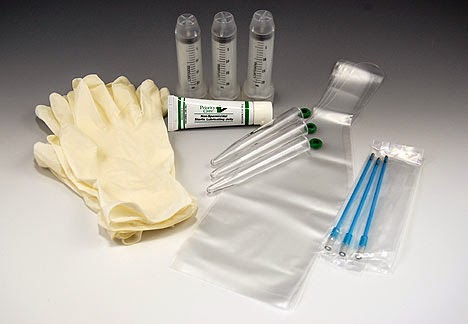 It takes very special equipment to train our dogs. Much like a carpenter must possess the proper tools to create great work, so must the dog trainer start with the best equipment available.
It takes very special equipment to train our dogs. Much like a carpenter must possess the proper tools to create great work, so must the dog trainer start with the best equipment available.
CCK9 is very specific about the collars and leads used in both the learning and finished stages of dog training. All of the tools that we utilize are hand made exclusively
for us by a master leather crafter and to our custom guidelines.
Our training method requires multiple types of collars and leads. One collar, however, that we never use is called an “e-collar” or shock collar. Not only are they a cruel method of training but also they are completely unnecessary to trainers who know how to properly train a dog. Often, videos online will show a trainer working with a dog. The level of obedience is impressive until you notice the small device that they are holding which looks like a cell phone. It’s actually a remote control for the shock collar. It is unfortunate evidence that the dog was not given the proper training foundation early on and now the trainer must rely on the e-collar to get results.
All of our finished dogs are off leash obedience trained; they respond to commands off leash just as well as if they are on a leash. As you can image, dogs must start their training on a leash before off leash obedience can be taught. Unique to CCK9 is the long 7-foot lead, with brass double snaps and a floating ring, used when we walk our dogs with structure. The leads commonly found in pet stores are only 4-6 feet long, too short to have the best control over a dog. It seems counterintuitive but a handler has far greater control when they hold the leash in a loose, u-shape. Dogs take their cues from the handler and when the handler is holding the leash too tight it indicates stress and tension.
The dog will respond to this negative message by being overly defensive. Since all of our dogs are off leash obedient, there is no loss of control when using a longer lead. The dog will always heal on your left with or without a lead. Therefore, longer leads allow the handler to communicate easily with their dog.
Another piece of equipment especially useful when training dogs for the police or military is our 3-foot police lead with a handle. Police dogs require a tighter lead since the dogs are often put in tense, acute situations. The handle, held in the officer’s left hand, allows full use of their right hand to discharge a firearm.
One of the best pieces of equipment for at home use is the small pull tab (in the middle of the photo). The ultra-light pull tab acts like a small lead and allows the trainer to easily correct a dog since it is impractical to attach a full size lead to a dog while it is being trained in a home environment. All of our protection dogs are trained in home environments and therefore you can imagine how useful this bit of equipment is.
Lastly, our clients often remark on how great our 1 3/8 inch leather flat collar is. Sturdy, strong, and highly crafted, it makes a statement about your dogs.
All of the equipment is included when your dog is personally delivered to your home . We do sell these items to the general public.
The attention to detail, down to the collar we use, is what makes CCK9 a leader in dog training.
To Read more go to www.cck9.ca





